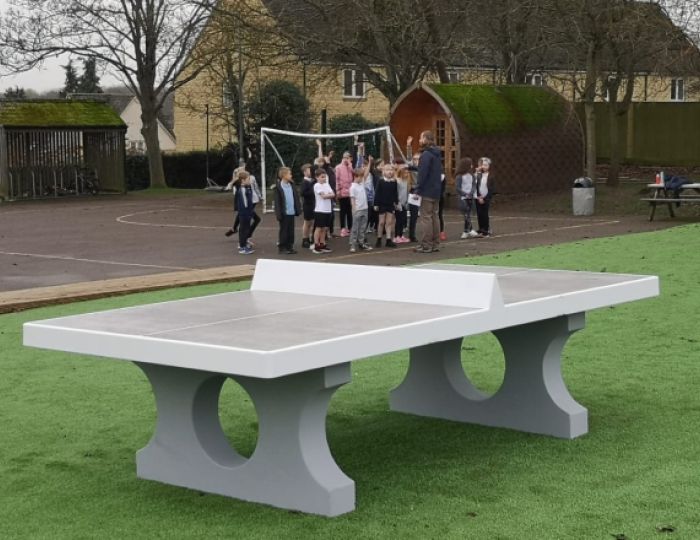The last few months have been overwhelming for many schools – and one key aspect of this challenge has been the need to constantly communicate with a wide range of anxious and uncertain stakeholders – parents, pupils and teachers as well as your wider community.
It’s very difficult to take a step back at the moment, but if you have time, here are some actions that you can take to make your communication more efficient and effective – and hopefully less stressful for all involved.
Share the task
It’s taken as read in many schools that the headteacher is responsible for all communication – both outgoing and incoming. This places a huge burden on one person in a time of crisis – it’s no surprise that research by Teacher Tapp found “throughout the crisis period, headteachers and private school teachers have shown the highest levels of anxiety and the longest working hours. The pressures on both groups appear to have been felt more greatly than those felt by state classroom teachers”.
The way to solve this is to ‘segment’ the different audiences you are communicating with and give responsibility for each to a different member of staff. You might be able to give heads of different phases responsibility for parents and pupils in their year groups, your deputy head might handle staff communications and the school business manager might communicate with the local authority or your trust. This is also a great way of giving people responsibility and preparing them for leadership roles in the future.
Use your website to ensure everyone is up to date
For the step above to work, it is of course vital that the messages you are communicating are consistent and updated. Many schools I know have resorted to sending almost daily emails, but as things change that means that parents can miss one communication and take the wrong action in response.
An alternative is to use your website and update it at regular and consistent times. For example with parent communication, unless there are urgent changes I’d recommend holding a meeting of all staff involved on Friday morning to agree updates needed and how they will affect different groups, updating a specific COVID page on your website during the day and then sending out an update (perhaps as part of your regular newsletter) on Friday afternoon so parents can consider changes over the weekend.
Two other huge advantages of using a website over letters are that weblinks can be sent through almost all school communications – text messages, social media, Class Dojo, ParentMail and so on – removing the chance of parents being unable to access a Word document or similar – and it is also much easier to translate a website using Google Translate or equivalent than for example a PDF document.
Other urgent changes can also be added to the website and updates sent – and then reinforced in the weekly update.
Focus on a few key messages
Communication is difficult. Winston Churchill famously said, “if you have an important point to make, don’t try to be subtle or clever. Use a pile driver. Hit the point once. Then come back and hit it again. Then hit it a third time - a tremendous whack.”
A good way to ensure this is that when you update your website, identify what is new or different to previous versions and put this in bullet points or bold (or both!) at the top of the page. You can then share the new information and a link to the rest of the website. Parents who want more information will be able to read more, but all will see the key information.
Another way to ensure that key messages are heard (for example the importance of handwashing) is to record a short, punchy video (perhaps involving pupils!). Don’t try to get too much information across and limit the length to around a minute for the greatest impact.
Test everything you want to send
The biggest problems with school communication always arise from misconceptions. That’s why you should always ask a number of people (ideally from the group you’re writing to – perhaps ask a parent governor?) to check through anything you are sending out and feedback anything they don’t understand.
The time to do this can also remove tension or frustration from a reply – these feelings are understandable but are never productive!
Listen and respond (but not instantly)
The better your initial communication the fewer responses you will get, but there will always be questions! Rather than responding to everyone immediately, it’s worth setting expectations with stakeholders – for example letting parents know that classroom staff will be able to answer emailed questions from 4-4.30pm each day and that if there is anything more urgent they need to phone the school office.
Another tip to reduce the number of individual questions is to create a ‘question and answer’ section on your website where you post the most common questions you are asked – this will reduce similar questions in the future.
It’s also important to talk about social media. There are two types to consider:
Open social media such as Facebook, Instagram, Twitter. This is a great way of sharing links to new information, but you need to think carefully about whether you will be able to respond to questions through the platforms. If you are able to, make sure that they are regularly checked, and ideally that any replies you make are tested for accuracy, spelling and grammar! An alternative is to switch off messaging or to make it clear that you will not respond to messages posted.
So-called ‘dark social’ – especially WhatsApp. While this can be a great support for parents, it is also a place where rumours and misinformation can flourish. It’s worth asking your PTA reps (or similar) to share any issues that they see popping up – and also to encourage and remind all parents (and older children) to check with you rather than relying on online rumours.
Six key pointers
- Use your website as a key central point of information and update it at regular intervals – don’t feel pressured to respond to everything immediately.
- Involve more people to reduce stress on the headteacher.
- Work as a team to check responses are clear, accurate and positive – avoid communicating in frustration or anger (it’s fine to have those emotions!).
- Watch your social media – both open and ‘dark’ – and only use it for COVID communications if you have the time and capacity to do it properly
- Be open to questions and feedback – but don’t answer immediately unless you have to.
- Don’t focus all your communications on COVID – celebrate the great things your school is doing as well!
Simon Hepburn is Founder of Marketing Advice for Schools, which offers online and face-to-face training in school communication, social media management and marketing.










